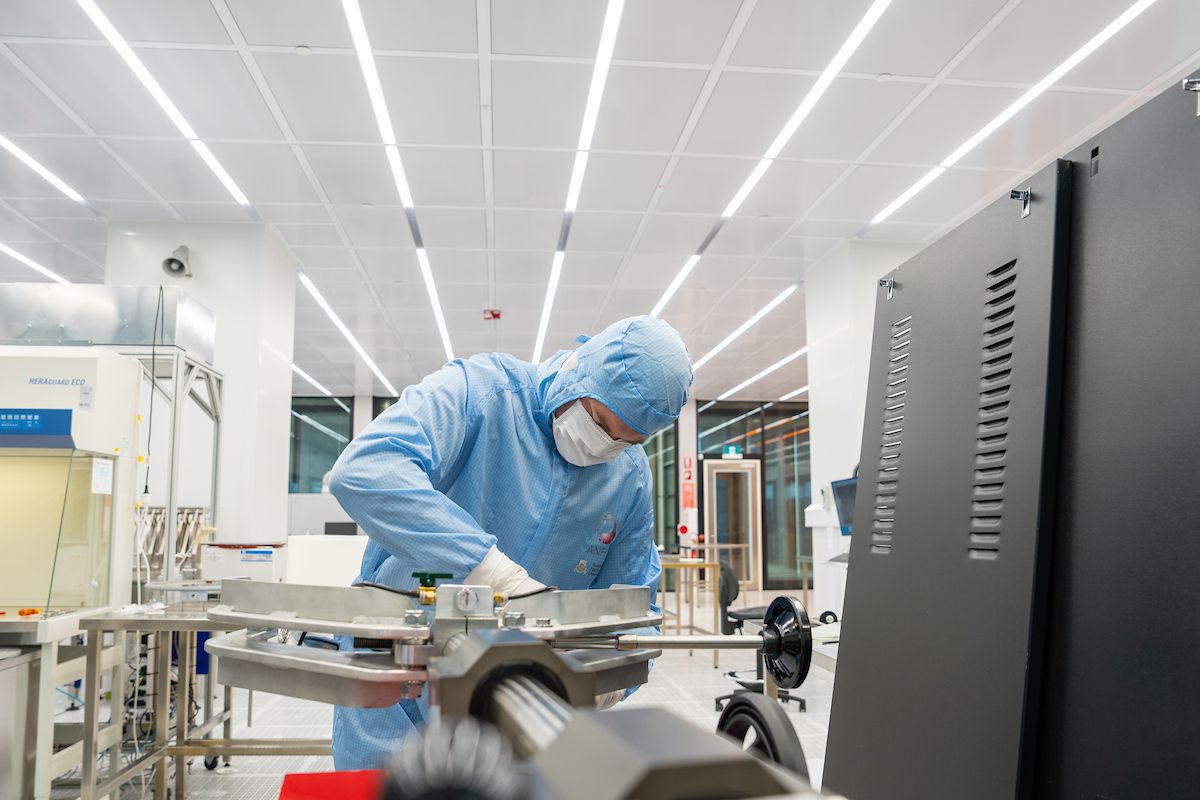Australian National University Researchers Celebrate a Decade since Groundbreaking Discovery of First Gravitational Waves

It's been almost 10 years since Australian National University (ANU) researchers played a pivotal role in detecting the first gravitational waves, signaling a major breakthrough in astronomy. The team, led by distinguished professors Susan Scott and David McClelland, contributed significantly to the Laser Interferometer Gravitational-Wave Observatory (LIGO), which provided crucial instrumentation for the historic discovery.
"We had been working on this project for 20 years, finally bringing it home," recalled Professor Scott, describing the excitement of detecting the signal. "It was a monumental achievement, and we were thrilled to share it with the world."
The team's precision capabilities at ANU allowed them to analyze data from LIGO with caution, confirming that the signal was indeed sourced from outer space. The discovery has since sparked a new era in astronomy, offering unique insights into the universe's violent past.
"We needed to prove that this was more than just noise," said Professor McClelland. "The reward was well worth it – we were witnessing history unfold before our eyes."
Gravitational waves are ripples in space-time triggered by massive objects, such as black holes and neutron stars, orbiting each other. Detecting these tiny distortions requires state-of-the-art technology, with scientists pushing the boundaries of measurement precision.
"It's incredibly fine to detect," explained Dr. Lilli (Ling) Sun. "A passing gravitational wave changes the separation between two objects by less than 1/1000th the size of a proton."
The ANU researchers are renowned for their cutting-edge technology and research capabilities, driving forward fundamental laws in the universe.
"The centre is uniquely positioned to deliver new insights into the universe," said Associate Professor Bram Slagmolen. "We continue to innovate and expand our knowledge frontier."
Professor Scott and her team have a broader vision – they aim to unravel the mysteries of how everything began.
"Gravitational waves offer an entirely new spectrum for observing phenomena we couldn't see using traditional means like light or radio waves," explained Professor Scott.
As researchers at ANU continue to probe the universe's depths, their groundbreaking discovery in 2015 stands as a testament to human curiosity and scientific inquiry.
"It was just the beginning," said Dr. Sun, reflecting on the journey so far.
